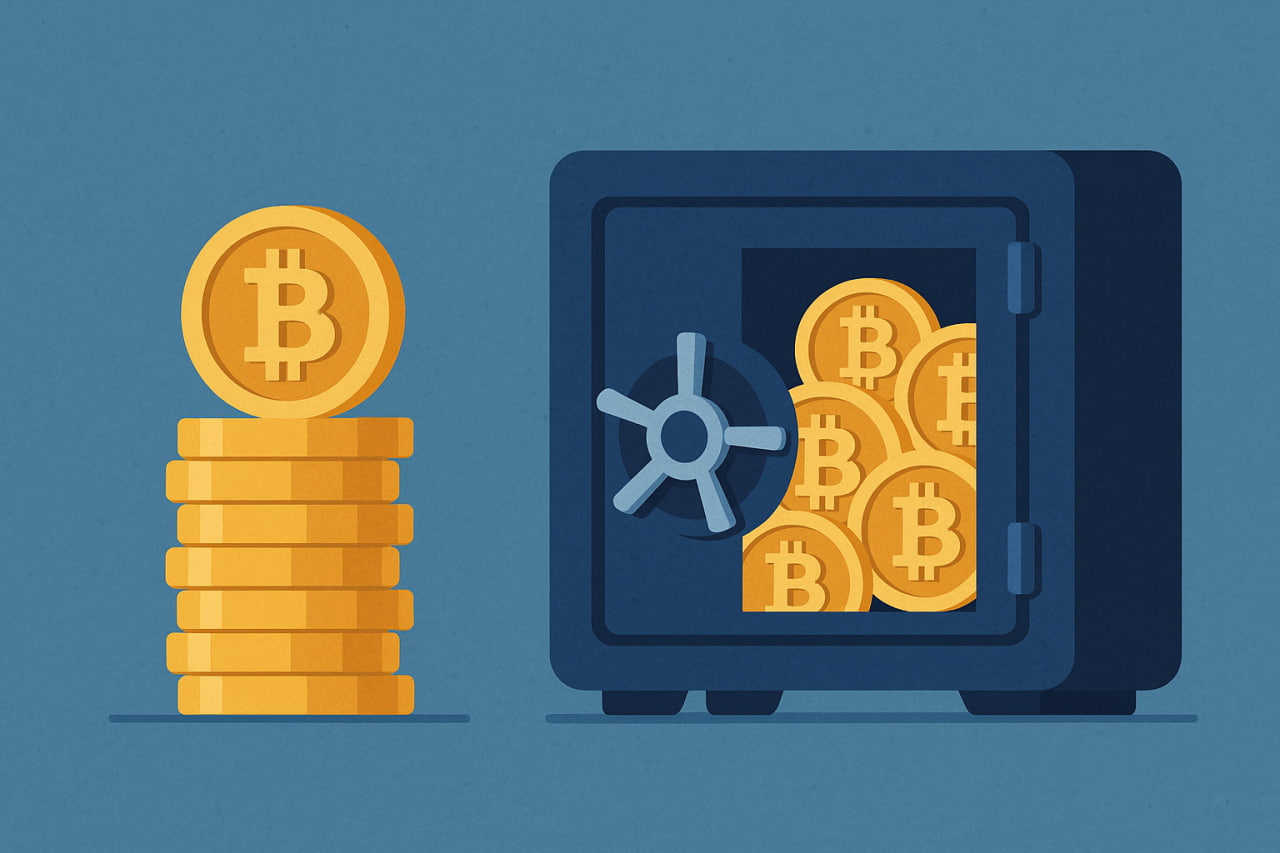Cardano Price Prediction: Whale Accumulation and ETF Listing Point Toward $15 Long Term
The aggressive accumulation coincides with a sharp price recovery that has lifted ADA more than 10% and placed the $1 level back in focus.
At the same time, Cardano scored a major visibility boost through Brave. The privacy-first browser has fully integrated the blockchain into its native wallet, instantly putting ADA within reach of Brave’s 100 million global users. Beyond storing and transferring tokens, Brave’s integration also opens the door for on-chain governance and participation in Cardano’s ecosystem projects – all directly from the browser.
The timing of both developments is notable. Cardano’s inclusion in the Hashdex Crypto Index ETF has already increased institutional exposure, while retail interest may surge thanks to Brave’s massive user base. Together, these catalysts are fueling speculation that ADA could be on the verge of a breakout, with some traders eyeing near-term targets of $1.27.
Longer-term projections are even bolder. Analysts drawing parallels to ADA’s 2020 chart – when it erupted from $0.10 to $3.00 – suggest that a repeat performance could eventually push the token toward $15 in the next bull market.
READ MORE:

Only a Few Crypto Treasuries Will Survive, Warns Coinbase Research Chief
For Brave, adding Cardano strengthens its multi-chain wallet strategy, which already includes Ethereum and Solana. By supporting ADA natively, Brave eliminates the need for extensions while giving users the ability to explore features like token swaps and governance with a single click.
Between whale accumulation, ETF recognition, and one of the biggest mainstream integrations Cardano has seen, momentum appears to be building on multiple fronts. The question now is whether this convergence of adoption and market activity will finally set the stage for ADA’s next big run.
The information provided in this article is for educational purposes only and does not constitute financial, investment, or trading advice. Coindoo.com does not endorse or recommend any specific investment strategy or cryptocurrency. Always conduct your own research and consult with a licensed financial advisor before making any investment decisions.
The post Cardano Price Prediction: Whale Accumulation and ETF Listing Point Toward $15 Long Term appeared first on Coindoo.
You May Also Like

Here’s Why Mantle (MNT) Price Is Pumping Today

Cashing In On University Patents Means Giving Up On Our Innovation Future

